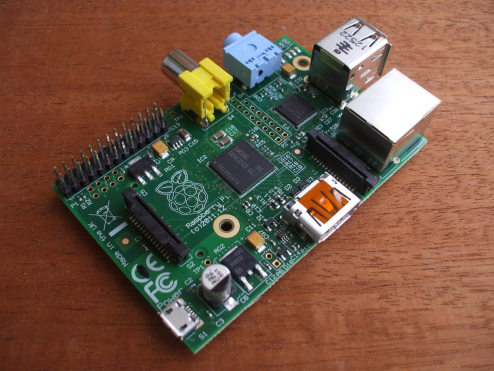Hello.
I have some questions concerning the best way to deploy FreeBSD OS in SDCard on Single board computer like (RaspberryPI, OrangePI, .... ).
1. How to guarantee the recover of the system while crashing ( I mean, when for exemple, the electricity is cut ( in our countrie it happen) ) without intervention.
When booting, it control the FS consistency and do cleaning, then booting normally.
2. Are SDcards sow robust in our days, so the processes wan read/write many times? I read somewhere that SDCard have a limit concerning write on them before they can be unusable.
In my case, I want to deploy a webserver and remote VPN, regarding all these, What can you advise me ?
Is there any tutorial to point me to?
Thank you.
I have some questions concerning the best way to deploy FreeBSD OS in SDCard on Single board computer like (RaspberryPI, OrangePI, .... ).
1. How to guarantee the recover of the system while crashing ( I mean, when for exemple, the electricity is cut ( in our countrie it happen) ) without intervention.
When booting, it control the FS consistency and do cleaning, then booting normally.
2. Are SDcards sow robust in our days, so the processes wan read/write many times? I read somewhere that SDCard have a limit concerning write on them before they can be unusable.
In my case, I want to deploy a webserver and remote VPN, regarding all these, What can you advise me ?
Is there any tutorial to point me to?
Thank you.


